Before sewing a pleated skirt, it is worth familiarizing yourself with the history of its creation and its significance in the history of fashion. It is recommended to select the appropriate tools for sewing this wardrobe item and to process the textiles correctly. If everything is done correctly, the skirt will become a worthy designer item among standard factory-made products.
History of pleating
The technique of textile pleating has been known since the times of ancient civilizations. The Egyptians were the first to use this principle of fabric decoration. Later, the Greeks mastered this technology. Asian artisans subjected silk to similar treatment.

Different regions used their own technology for forming small folds. Textiles were stitched and gathered, treated with starch compounds. By the middle of the 19th century, the first irons and presses for household use appeared - this became an impetus for the creation of special machines. At the end of the century, more and more new models of pleating machines began to appear. As a result, there were more manufacturers of pleated clothing. The volumes of pleated items that went on sale also increased.
Pleated fabric came into use thanks to the following changes in fashion:
- In 1907, Spanish fashion designer Mariano Fortuny y Madrazo created the legendary Greek-style “delphos” dress, which was made from finely pleated fabric.
- In 1921, French couturier Jean Pat introduced a pleated skirt for tennis player Suzanne Lenglen. The short pleats created a sensation.
- Dior returned pleating to the status of evening wear already in 1947, when he debuted with the New Look show. Other designers joined the maestro.
- In 1993, Japanese couturier Issey Miyake released the Pleats Please collection, in which he presented clothes pleated using his own method. And he brought this type of textile back into popularity.
- Pleating reappeared in Alessandro Michele's 2016 debut collection for Gucci, and has remained a top trend ever since.

Fabrics decorated using this technology are used in completely new roles.
Choice of fabric and color
The main thing is to initially choose the right textile option. The selection is determined by several factors:
- Depending on what season the item will be made for. If it is summer, then corrugated chiffon will be the ideal option
- Wherever you want to wear it. If the wardrobe item will be used for going out, it is better to choose a more aristocratic fabric - velvet.
- Personal preferences. If translucent material is not acceptable, then it is better to choose dense textiles, such as woven ones.
Specialized stores have a wide range of materials for sewing such a wardrobe item. It is not necessary to take standard products. Eco leather is very popular.
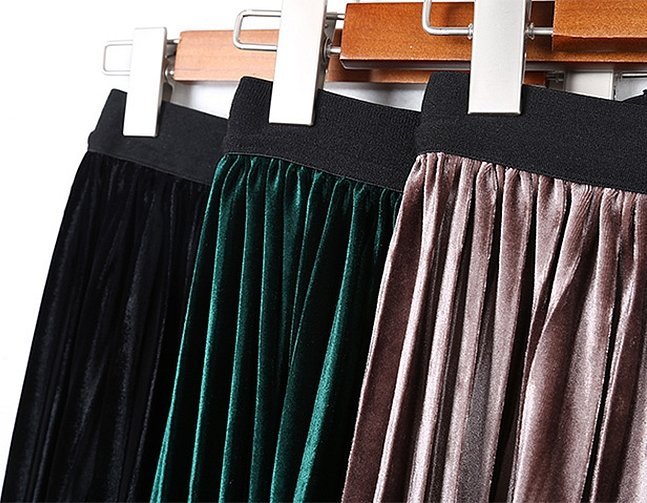
Please note! To choose the right color of textiles, it is worth paying attention to the fashion trends of the season.
The color scheme does not necessarily have to be monochromatic. Printed canvases can be used.
Tools and materials
Sewing things is considered a difficult type of work. You can simplify the task if you prepare in advance. Before sewing a pleated skirt, you need to stock up on the tools and materials necessary for the work:
- Pleated fabric.
- Wide elastic that will be used for piping the waistband.
- Threads to match the fabric.
- A needle and safety pins.
- Sharp scissors.
- Chalk or a piece of soap.
- Lining fabric.
- Paper and measuring tape to construct the pattern.
- Sewing machine. In addition, equip the device with a "super stretch" sewing needle.
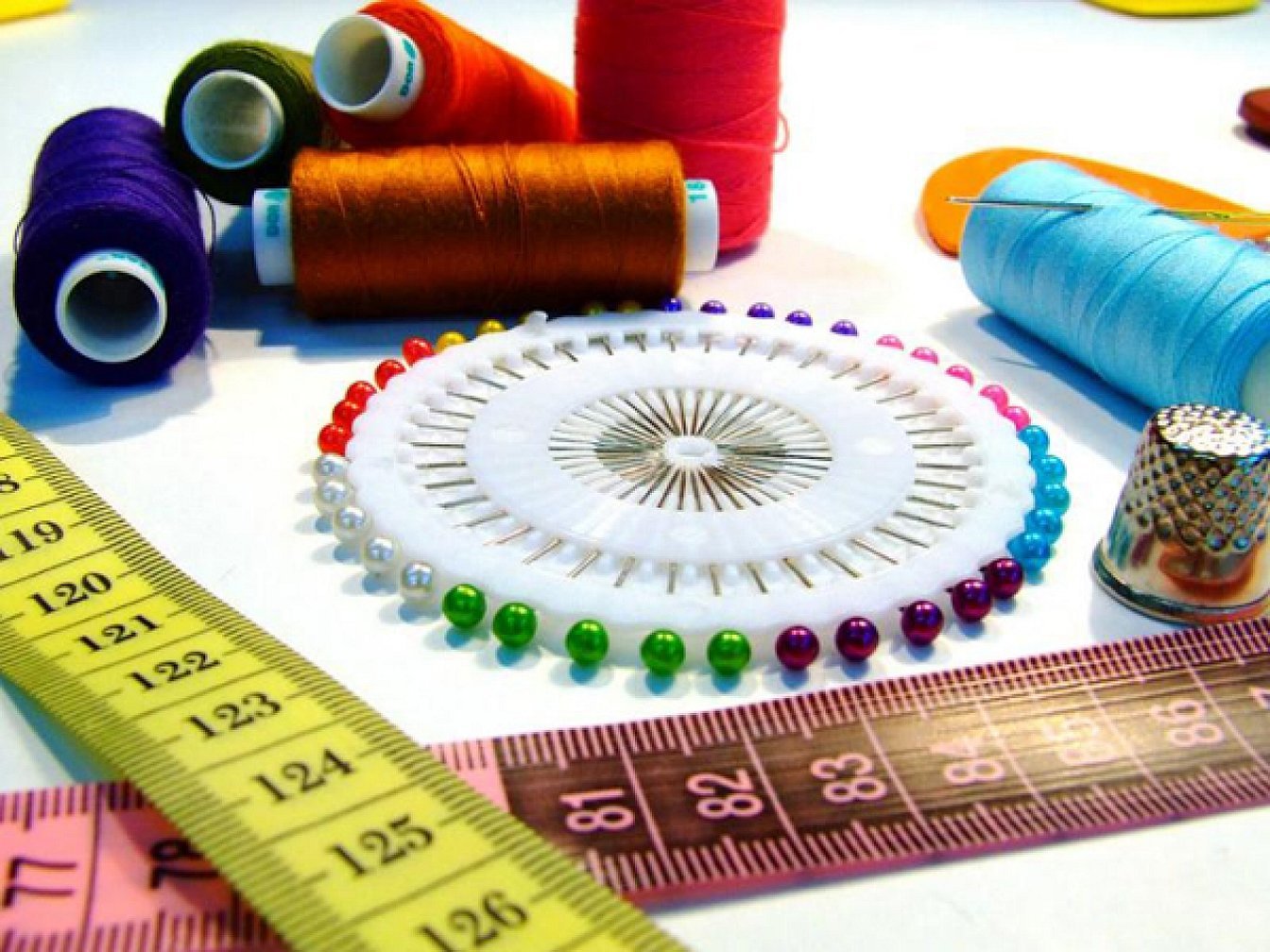
With such a minimal set of tools, you can create a truly fashionable and beautiful skirt.
Pleating fabric at home
Some fabric options can be pleated at home yourself. The procedure is as follows:
- A template is made. The surface of 2 Whatman papers is marked into strips, the width of which will be equal to the size of the folds.
- Fold the paper accordion-style along the marked lines, ironing out the creases.
- Lay out 1 Whatman paper on the ironing board and place the fabric on it. Place another sheet on top.
- Fold the resulting structure along the folds of the template. As the folds form, they must be secured with clamps or stitched.
- First, steam the workpiece and then iron it.
- Leave the structure under pressure for 10 hours.
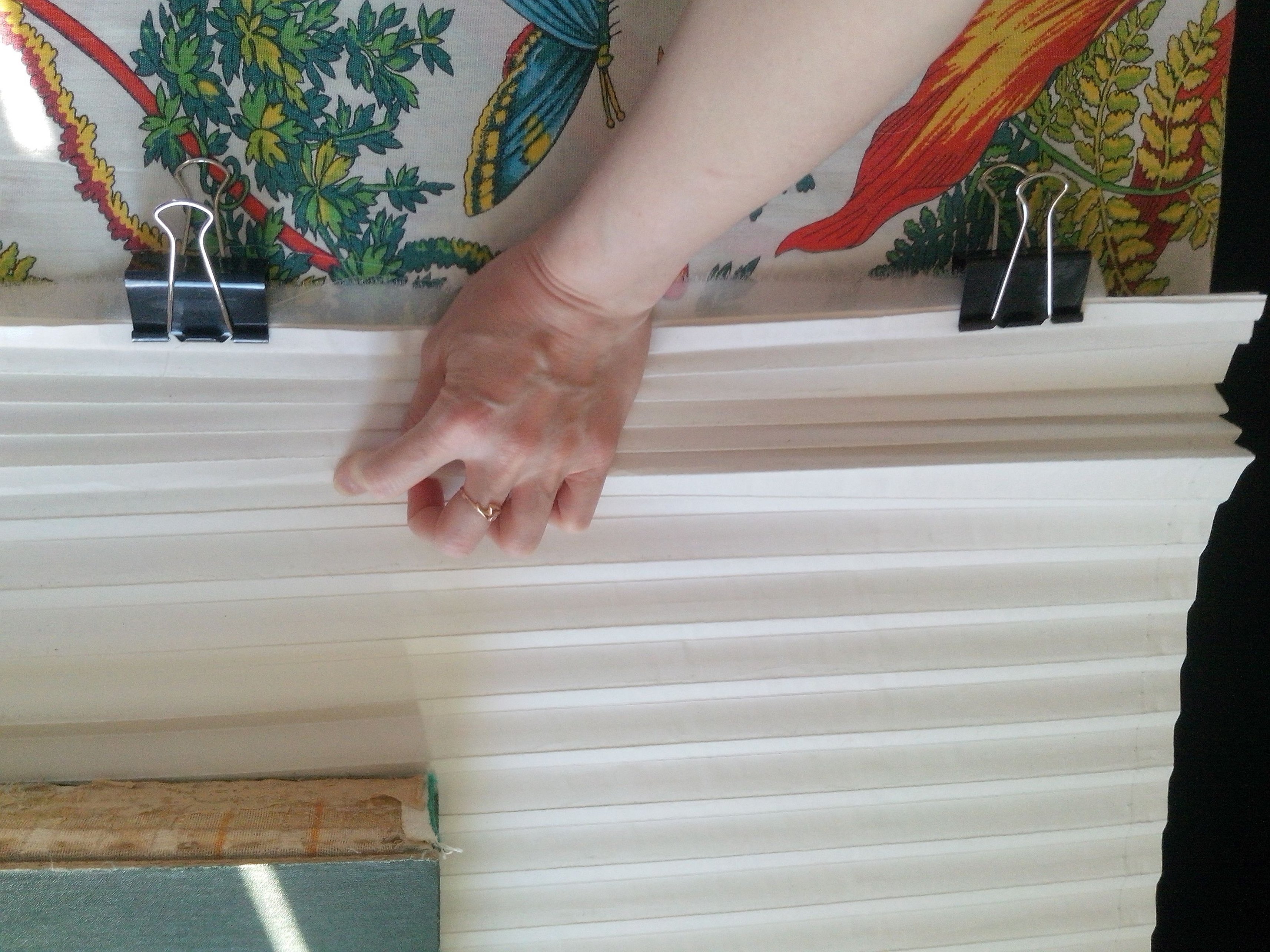
During the pleating process, you need to constantly ensure that the fabric between the Whatman papers does not shift.
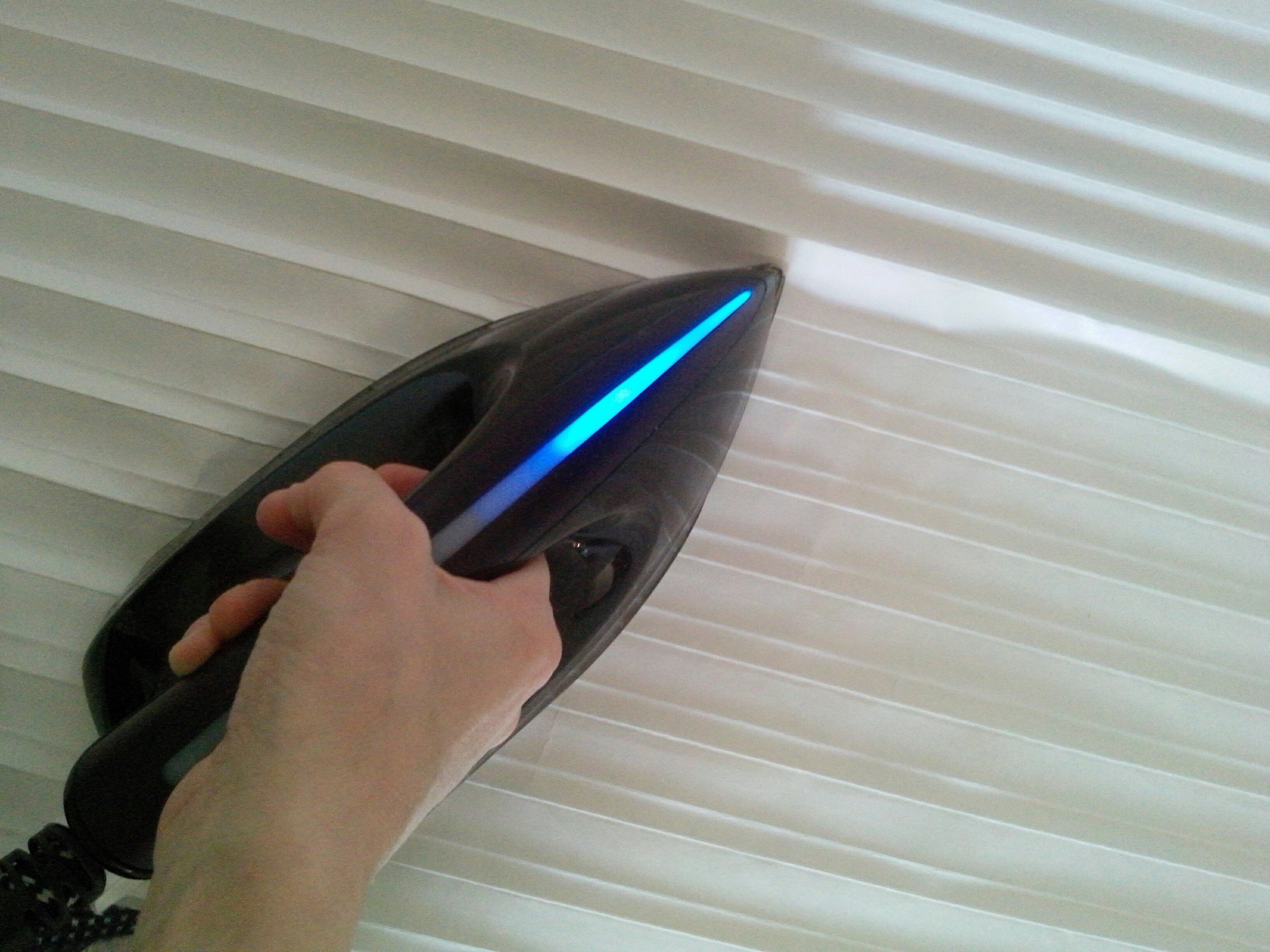
It is especially easy to form folds on chiffon and silk fabric. It is better to stitch denser fabrics and additionally use starch solutions to fix the shapes of the folds.
How to sew a pleated skirt
There are many models of such skirts, but it is worth starting with the simplest and most classic - a straight cut skirt and a half-sun skirt. Then you can experiment with an asymmetrical cut of the hem and multi-tiered product. In these situations, you need to have at least an average level of skill.
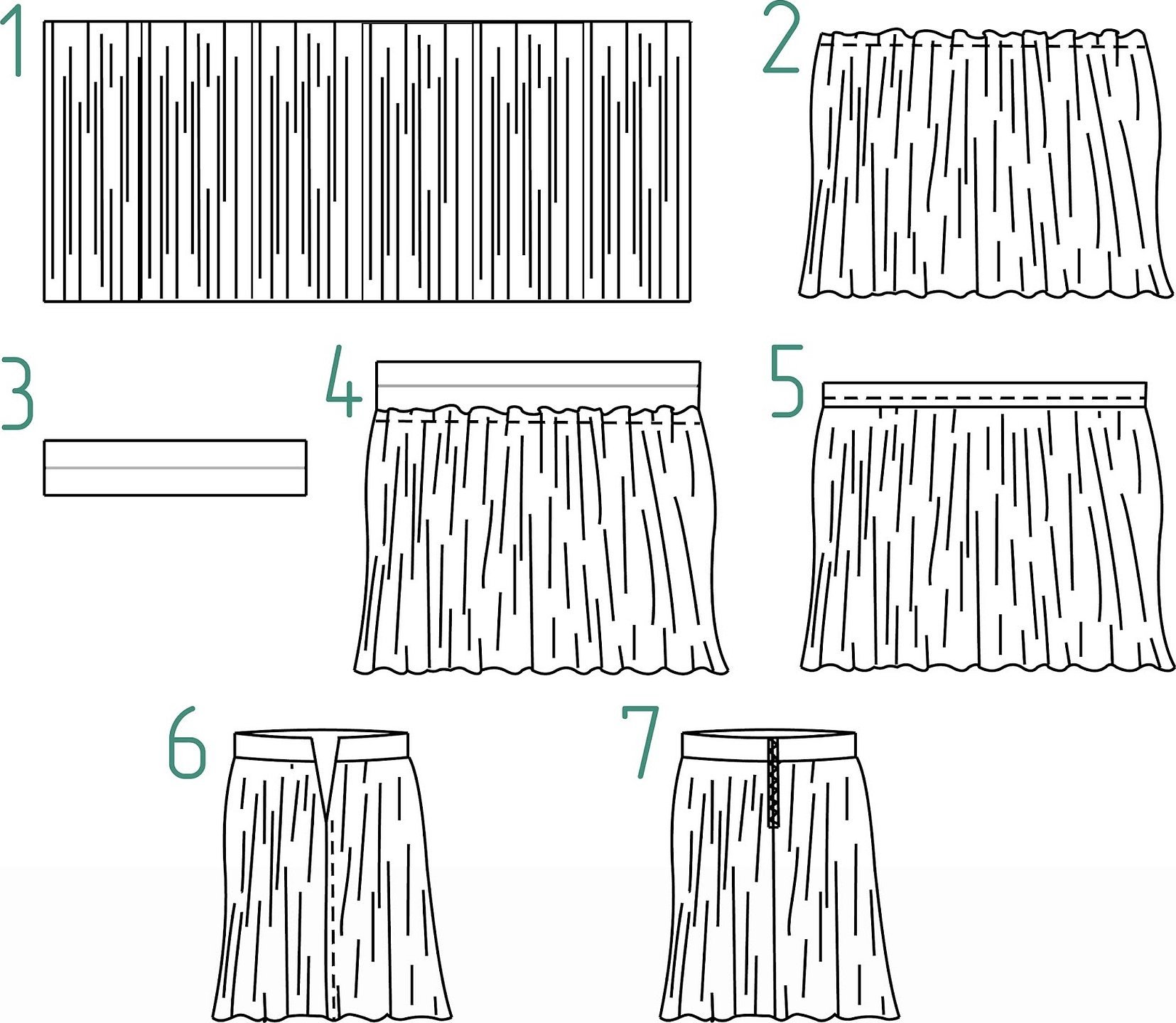
Step-by-step master class on sewing a pleated skirt:
- Lay the fabric on a flat surface. Fold the fabric in half. It is desirable that the fabric is located with the right side inward.
- Draw an equilateral rectangle with chalk. The length of the garment should be along the grain line, and the half-girth of the hips should be along the transverse line.
- Add 3 cm to the length for the hem, and add 4 cm on both sides of the hips to allow for a loose fit.
- You can adjust the width yourself. The selected size is responsible for the desired effect of the hem's splendor.
- Cut out the prepared rectangle. The pleated skirt, the pattern of which is presented, is considered standard.
- Process the fabric edges along the entire perimeter on an overlock machine. If you fold the edges and sew with a regular machine stitch, the shape of the product will be deformed.
- The product is sewn using a single side cut. The workpiece will look like a pipe.
- Sew a wide elastic band to form a circle. You can initially secure it with a regular pin, and then secure it completely.
- Secure the elastic waistband to the top of the skirt with safety pins.
- Neaten the product, and then sew in the elastic using a special needle on a sewing machine. It is better to use a zigzag stitch.
If the pleated fabric is transparent, then you need to make an additional petticoat. The lining of this type is usually made of silk or knitted oil.
Important! In order not to ruin the thing from the very beginning, it is worth paying attention to how to hem a pleated skirt - process the edges with an overlock.
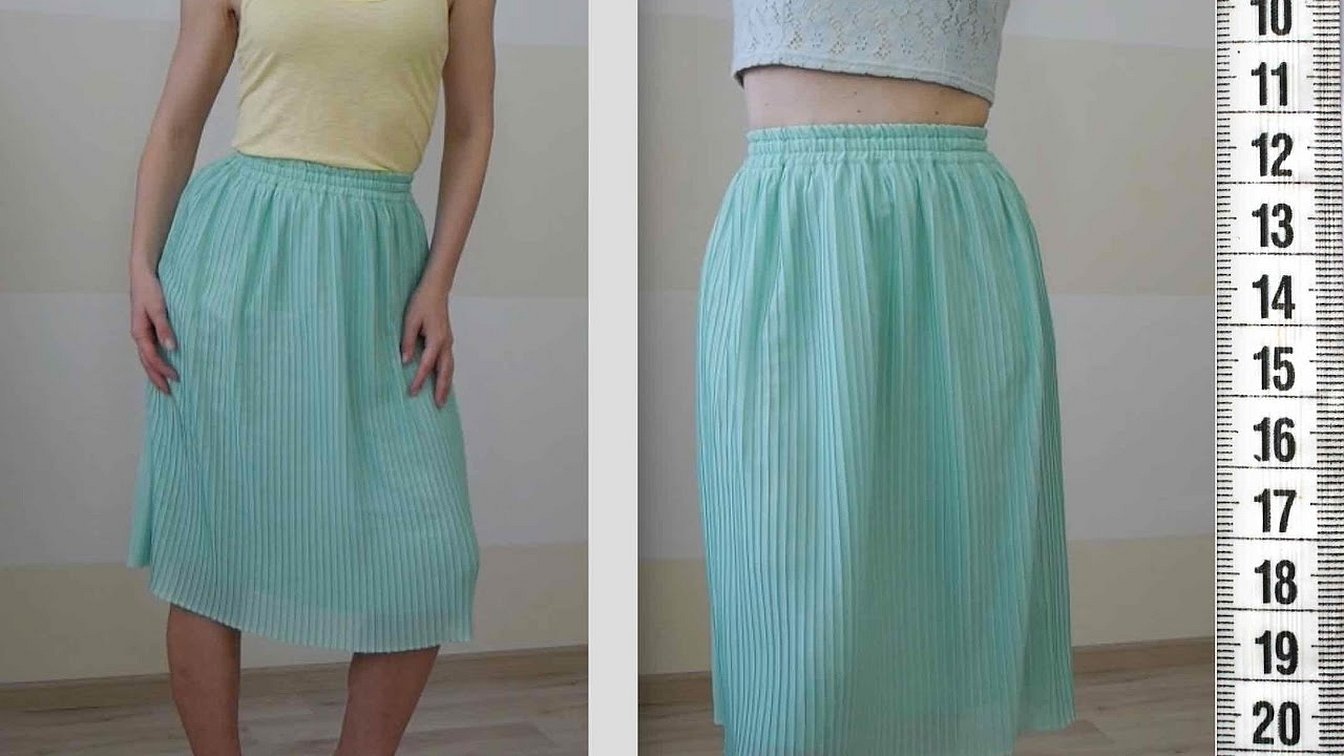
Sewing such a skirt can be a little different. Use a semi-sun instead of a rectangle as a pattern. The hem of this shape will be more voluminous and flowing. To hide the elastic, a yoke is additionally made from the same fabric as the product itself. The rest of the sewing and edge processing procedure is no different from the first option.
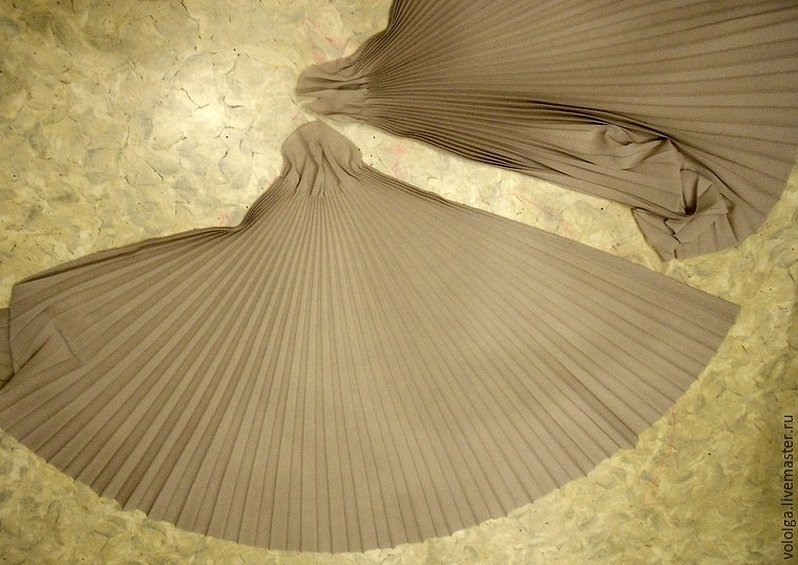
The techniques are simple and almost identical to the basic skills of beginning needlewomen.
What to wear with a pressed skirt
If you sew yourself this version of a skirt, then a lot of questions arise regarding what to wear the item with. In fact, there are a lot of combinations and combinations, since the skirt is universal:
- A short skirt is ideally combined with a simple and strict blouse. Do not overload the image with unclear cutouts and lace.
- A longer cut can be combined with a light blouse with a neckline. The top must be tucked into the skirt or emphasized with a belt so as not to “lose” the waistline.
- A great combination with fitted jackets and blazers. Contrasting combinations look advantageous.
- A knitted, voluminous sweater in a solid, rich color can help you achieve roundness in your figure. Sweaters with a lighter texture, as well as sweaters with various prints, are best combined with jackets.
- Footwear can be used in different ways. Here only 1 rule applies: a short skirt should be combined either with heels for an evening out, or with rough boots or ballet flats.
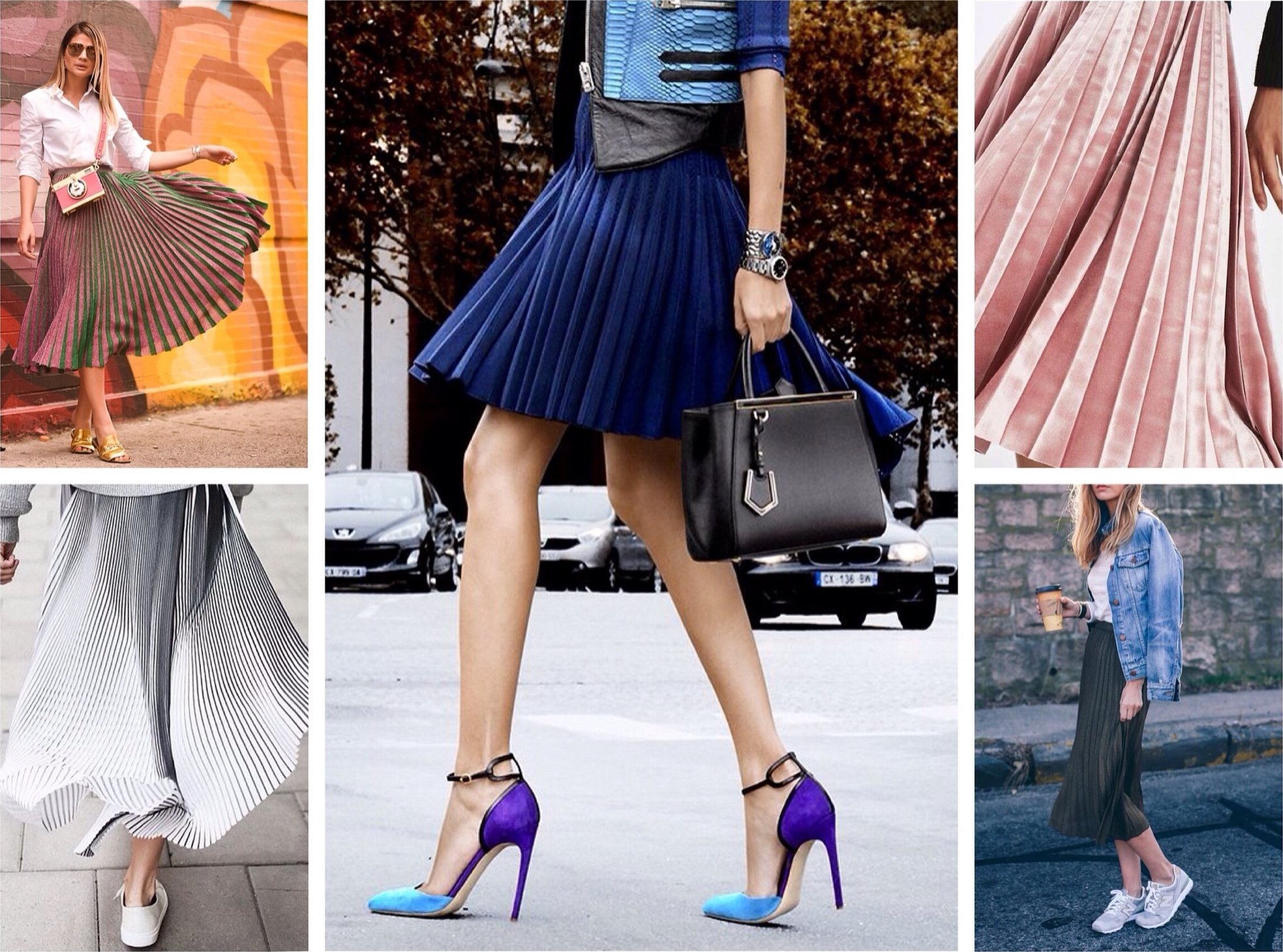
In order for the images to be diverse and unique, you should not be afraid to experiment. You just need to remember about age restrictions. For young girls, short pleated skirts are the best option. They will emphasize the slimness of the figure and the beauty of the legs. The image in combination with such a skirt turns out to be girlish, touching, but at the same time a little daring.
Women should avoid ultra-short lengths. It is better to choose a product just above the knee or try on a maxi. The midi length in light shades and with clear folds looks great. It is ideally combined with a black blouse and classic pumps. It is better to choose a maxi skirt with soft folds and complement it with a flowing transparent blouse, a thin dark belt and evening shoes.

It is not difficult to sew a pleated skirt, more problems may arise in the process of working with the fabric itself. At the same time, the product will look inimitable, unique and original. The color scheme and texture are selected individually. Some craftswomen can even pleat the fabric themselves. If you make such a thing, you can create the most unusual images. There are many options for fashionable looks.




